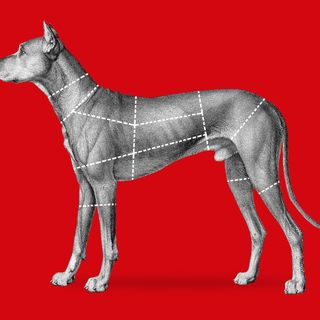A new study has found that female students become more likely to study subjects such as economics, or pursue careers in STEM, if they encounter successful female role models in those fields.
Researchers conducted an experiment with undergraduates studying introductory economics classes at Southern Methodist University in the US. They engaged two female role models to speak to students about how their choice of major contributed to their success. They found these role model visits increased the likelihood of female students, who were otherwise planning to major in humanities, to opt for majors in economics by almost 100%.
“Due to historical gender imbalances in some subjects, such as economics, it is difficult for young women to come into direct contact with successful women who have majored in these fields and who can inspire them to do the same,” said report co-author, Dr. Catherine Porter, of Lancaster University Management School. “Our study suggests that role model intervention could have a significant impact on the treated women’s lifetime income streams.”
Related on The Swaddle:
Despite Education Gains, STEM Women in India Still Face Unequal Field
In India, even though the enrolment of female faculty has risen by 4% in the past five years in higher education, men still outnumber women. The share of female professors decreases with academic seniority.While more men hold positions of associate professors and professors, when it comes to tutoring jobs, the number of women is double that of men. This is particularly true in STEM fields, where female representation on staff is low, in colleges such as the Indian Institute of Technology, All India Institute of Medical Sciences, and National Institute of Technology, data suggests. Ultimately, this means young women are not seeing the female mentors precisely in the STEM fields where colleges should be encouraging more women to stay in those fields.
The disparity in numbers could be attributed to two societal factors — marriage and gender bias. The age bracket for candidates to apply for the National Eligibility Test, a prerequisite to assistant professorship, is 25 to 32, considered the marriageable age in Indian society, which still prioritizes homemaking for its women over their education. Also, most women find it difficult to access specialized coaching for competitive exams as families prefer to spend on the education of boys, whom they see as future breadwinners. The lack of support from families can become a major roadblock for women who want to pursue a career in higher education.
Further, gender bias also plays out when it comes to hiring women, especially for positions reserved for becoming permanent faculty members, a former UGC member, MM Ansari, told The Indian Express. Often, they are asked about their decisions regarding the timing of their marriage or having children, he added. In some cases, women themselves end up deprioritizing their own career in favor of their husbands’ and reject bigger opportunities. These prejudices and household responsibilities are often dismissed and go unnoticed, but are also reasons that slow down women’s rise into senior faculty roles.
Having female professors on campus is important. First, it helps raise gender awareness and the sensitivity of male teachers, and second, it challenges deep-rooted gender stereotypes that women are unable to learn “complex” subjects such as STEM. Therefore, the disparities in numbers, if not looked into, will only engender a cycle of limited participation of girls and may even demotivate them to continue to pursue careers in these fields.




